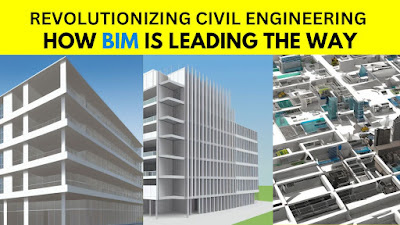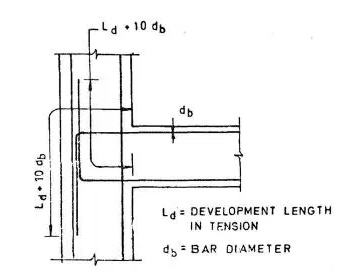What is BIM?
BIM stands for Building Information Modeling, which is a process that involves creating a digital model of a building that can be used throughout the building's lifecycle, from design and construction to operation and maintenance. BIM can include 3D models, 2D drawings, data about the building's materials and components, and information about how the building will be used.
An image of BIM could show a 3D model of a building with different layers that highlight its various components, such as walls, floors, HVAC systems, and electrical systems. It could also show how the model is being used by different stakeholders, such as architects, engineers, contractors, and facility managers. Overall, the image would demonstrate how BIM is a powerful tool for improving the design, construction, and operation of buildings.
BIM is a process that uses 3D modeling software to create a digital representation of a building or infrastructure project. The model includes all the relevant data about the structure, such as the materials used, the dimensions of each component, and the positioning of utilities such as pipes and electrical wiring. BIM models are highly detailed and can be used to simulate every aspect of a construction project, from the initial design phase to the final construction and maintenance stages.
How Building Information Modeling (BIM) is
Revolutionizing Civil Engineering Design
Building Information Modeling (BIM) is transforming
the way civil engineers design, build, and manage infrastructure. This
innovative approach to construction project management involves creating a
digital model of a building or infrastructure project, which contains all the
relevant data about the structure and its components. By using BIM, civil
engineers can improve collaboration, reduce errors, and enhance efficiency at
all stages of a project's lifecycle.
BIM is revolutionizing civil engineering design in several ways:
Improving collaboration and communication
BIM facilitates collaboration between all
stakeholders involved in a construction project. By creating a shared digital
model of the project, architects, engineers, contractors, and project owners
can work together to ensure that the design meets the project goals and is
feasible to construct. BIM models can also be easily shared across different
platforms, enabling stakeholders to communicate more effectively and reduce
errors.
Enhancing accuracy and reducing errors
BIM models are highly detailed and accurate, which
helps to reduce errors and avoid conflicts during construction. By simulating
the construction process before work begins, engineers can identify potential
issues and make necessary changes before they become costly problems. This
level of accuracy also helps to reduce waste and improve sustainability, as
engineers can optimize the use of materials and resources.
Enhancing efficiency and reducing costs
BIM can help to improve efficiency and reduce costs
throughout a project's lifecycle. By simulating the construction process,
engineers can identify ways to optimize the use of materials and resources,
reducing waste and saving money. BIM models can also be used to analyze energy
consumption and optimize the building's performance, further reducing costs and
enhancing sustainability.
BIM models can be used to track project progress
and manage construction schedules, enabling project managers to identify
potential delays and take corrective action before they impact the project
timeline. BIM can also be used to manage maintenance and repairs after
construction, ensuring that the structure continues to perform effectively over
its entire lifespan.





0 Comments